IRISH OUTDOOR PURSUITS COMPANY - FREE SHIPPING OVER €50 in Ireland!
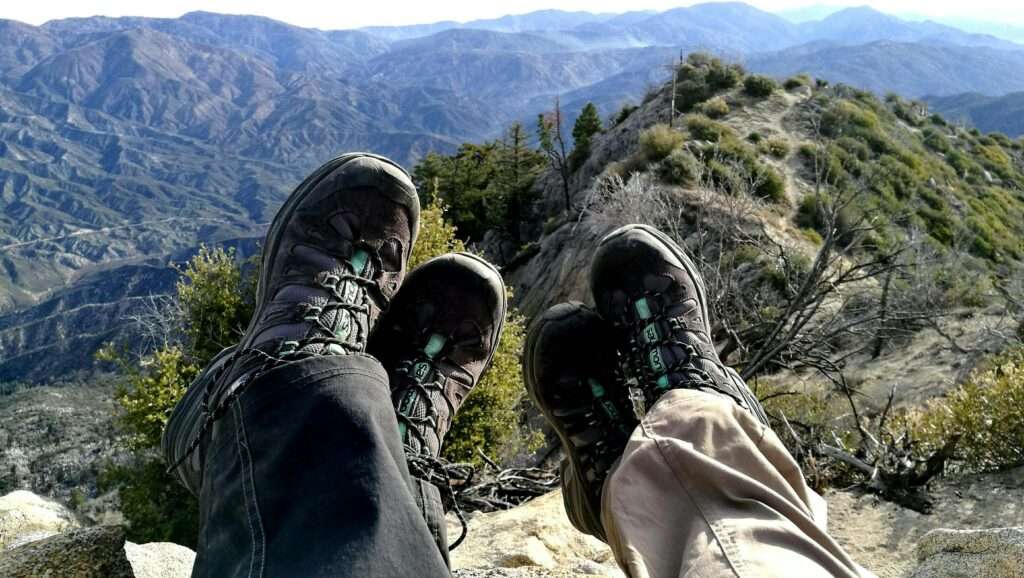
Image Credits: Pexels
Proper shoe fitting is essential for comfort, performance, and overall foot health. Whether you’re hiking, running, or walking, the right shoes can make all the difference. Finding the right pair of shoes involves more than aesthetics. Proper shoe fitting is important to ensure:
Whether you’re choosing the perfect men’s hiking shoes or women’s hiking shoes, it is important to remember that each shoe is made with different materials for the different conditions it will be exposed to, for this reason it is important to choose the right hiking shoe for the right activity. For casual day hikes, a light hiking shoe, for multi-day hikes with heavy gear, backpacking boots, and for rough and rocky terrain hikes, mountaineering boots.
By choosing the ideal men’s outdoor footwear or women’s outdoor footwear for the right activity you can avoid problems such as blisters, heal slippage, and toe pinching which might occur in ill-fitting shoes or shoes not fit for purpose.
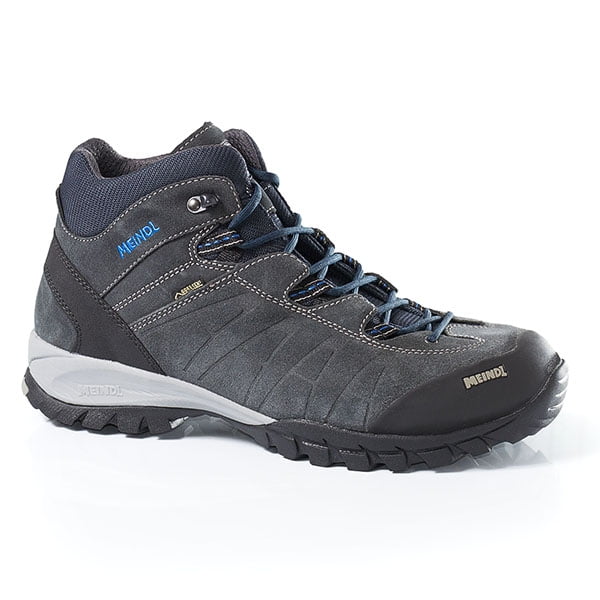 MEINDL PIEMONT GTX HIKING BOOT
MEINDL PIEMONT GTX HIKING BOOT
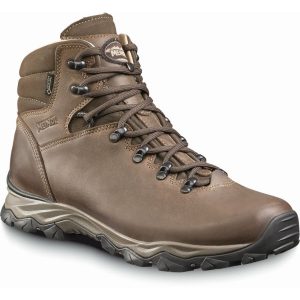 MEINDL PERU LADY GTX HIKING BOOT
MEINDL PERU LADY GTX HIKING BOOT
Finding the right hiking boots involves several important considerations to ensure comfort and performance on the trail. First, focus on fit and sizing. Measure your feet at the end of the day when they are at their largest, considering both length and width. Trying on boots with the hiking socks you plan to wear is crucial, as thicker socks can affect the fit. Aim for about a thumb’s width of space from your longest toe to the end of the boot, ensuring your toes can wiggle. The boot should feel snug but not tight, with no pinching at the sides. Your heel should stay in place without lifting when you walk to prevent blisters. Test the boots on different surfaces to simulate trail conditions.
If necessary, consider custom insoles for additional comfort. Support and cushioning are crucial for long hikes. Good arch support helps prevent pain and fatigue, catering to the different arch types high, low, or neutral. Ankle stability is essential for navigating uneven terrain and carrying heavy loads, with high-cut boots offering more support than low-cut ones. Supportive cushioning in the midsole and around the heel absorbs shock and reduces strain, with material like EVA or PU foam providing good cushioning and durability. A stiffer midsole can offer better support for rough terrain and heavy loads, while still allowing some flexibility for comfort. A well-fitted heel cup secures the heel, reducing the risk of blisters and improving the shoe’s overall stability.
Balancing waterproofing and breathability are also essential. Waterproof materials like Gore-Tex keep feet dry in wet conditions, while breathable materials prevent overheating and sweating. In warm climates, prioritize breathability, in wet conditions, prioritize waterproofing.
When choosing hiking boots, it is important to remember that there is no such thing as a “true size”, each shoe is different and so are their sizes. Start by measuring your foot’s length and width, feet can change over time so it is essential to get accurate measurements.
Every shoe fits differently, and sizes can vary significantly between brands. This is why it is important to be fitted by a professional. Many brands, such as Meindl (which we stock in-store), offer wide-fit options. Additionally, for unique foot shapes, customized insoles or orthotics can provide a better fit.
Shoe lacing techniques can also increase comfort. A common mistake is tying laces too tight, which can restrict blood flow and can become painful over time.
At Trailblazers, we pride ourselves on our expertise and dedication to helping you find the perfect fit and shoe, whether you’re new to hiking and looking for the best hiking shoes for beginners, or an experienced hiker looking for more comfort on your trails. Our team has completed Miyagi shoe fitting training provided by Meindl, which has provided them with vast knowledge about shoe sizing for all foot types.
We carry a broad range of high-quality brands including Salewa, Salomon, Berghaus, Columbia, Zamberlan, Merrell, and Meindl, each offering a variety of models. This extensive range not only provides customers with various options but ensures we can provide them with the ideal fit and shoe.
Each brand we stock is known for its quality and durability which ensures that when you make a purchase from us it will last for countless treks and trails.
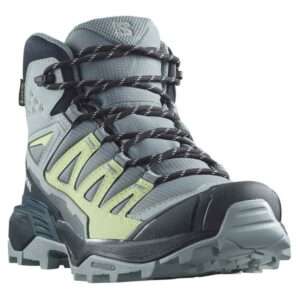 WOMEN’S SALOMON X ULTRA 360 MID GTX BOOT
WOMEN’S SALOMON X ULTRA 360 MID GTX BOOT
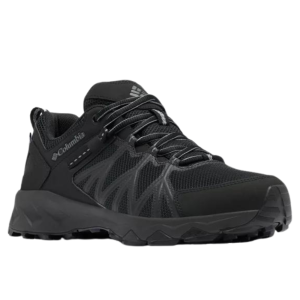 MEN’S COLUMBIA PEAKFREAK II MID BOOT
MEN’S COLUMBIA PEAKFREAK II MID BOOT
Return and Exchange Policy: Hassle-free returns and exchanges to ensure customer satisfaction.
Here at Trailblazers, 5% is taken off the price of every shoe making them more affordable than anywhere else. We also provide free sizing in store to ensure you get the perfect fit. It is our goal to provide customers with the highest quality service we can provide.
Refer below some of the honest customer reviews of hiking shoes at Trailblazers:
“Fantastic – very good quality products & very good service. I have bought walking shoes & sandals here both in person & online & have always been very pleased with my purchases. I highly recommend to all. Thank you for your great service. I also find it so cheerful to visit the shop – you have created such a lovely atmosphere in your business.” – Sarah
“Lots of options available on website and the staff are super helpful and knowledgeable” – Ciaran
Different style shoes will require more or less time to break-in. Light and flexible footwear may be fine from the off but more sturdy leather models will take longer, as the leather needs to soften. We recommend doing your usual walk in an old pair of shoes and then wearing your new pair around the house. Once this feels comfortable you can extend your journey to shorter trips on flat terrain and build up to longer distances on uneven terrain.
By following this hiking shoes fit and buying guide, you should now have the information you need on how to choose hiking shoes for your treks and trails. Remember the right shoes ensure comfort, improved performance, and healthy feet on every hike.
TrailBlazers is a Cycling and Outdoor Specialist store catering for the growing interest in Walking and Hiking in the region and also for the large population of Cyclists and Triathletes in Leitrim and surrounding areas.
LOCATION:
Unit 3 Shannonside Retail Park, Dublin Road,
Carrick on Shannon,
Co. Leitrim,
Ireland.